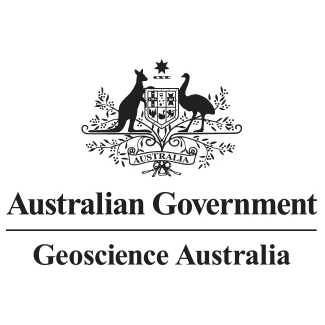Brief description
This dynamic dataset is composed of data layers representing the potential damage arising from the impacts of Tropical Cyclone (TC) related winds on residential houses. The impacts are determined using information on the forecast track of the TC issued by the Bureau of Meteorology, nationally consistent exposure (residential building) and vulnerability (likely level of damage) information maintained by Geoscience Australia. The tracks are based on the content of Technical Bulletins issued by the Bureau of Meteorology’s Tropical Cyclone Warning Centres every 6 hours for active TCs in the Australian region. As such, information is generated intermittently, depending on the occurrence of TCs. The tracks are a forecast only, so do not include past position information of the TC. Forecasts may extend up to 120 hours (5 days) ahead of the forecast time. A wind field around each track is simulated using Geoscience Australia’s Tropical Cyclone Risk Model (TCRM, https://pid.geoscience.gov.au/dataset/ga/77484). This provides an estimate of the maximum gust wind speed over open, flat terrain (e.g. airports). Local effects such as topography and land cover changes are incorporated via site wind multipliers (https://pid.geoscience.gov.au/dataset/ga/75299), resulting in a 0.2-second, 10-m above ground level wind speed, with a spatial resolution of approximately 30 metres. The impacts are calculated using Geoscience Australia’s HazImp code (https://pid.geoscience.gov.au/dataset/ga/110501), which utilises the National Exposure Information System building data and a suite of wind vulnerability curves to determine the level of damage sustained by individual buildings (a damage index). The damage index values are aggregated to Australian Bureau of Statistics Statistical Area Level 1 regions, and can be assigned a qualitative damage description based on the mean damage index.Lineage
Maintenance and Update Frequency: continual
Statement: This Collection record was created to enhance the discoverability of the individual products contained in the collection. See the individual eCat records for product specific lineage.
Issued: 13 05 2021
text: westlimit=112.00; southlimit=-44.00; eastlimit=154.00; northlimit=-9.00
Subjects
Exposure |
Forecast |
Impact |
Meteorology |
Natural Hazards |
Published_External |
Tropical cyclone |
Vulnerability |
climatologyMeteorologyAtmosphere |
geoscientificInformation |
User Contributed Tags
Login to tag this record with meaningful keywords to make it easier to discover
Identifiers
- URI : pid.geoscience.gov.au/dataset/ga/145321

- global : 5647e42e-e330-467d-b1ed-d3adb1da8458


